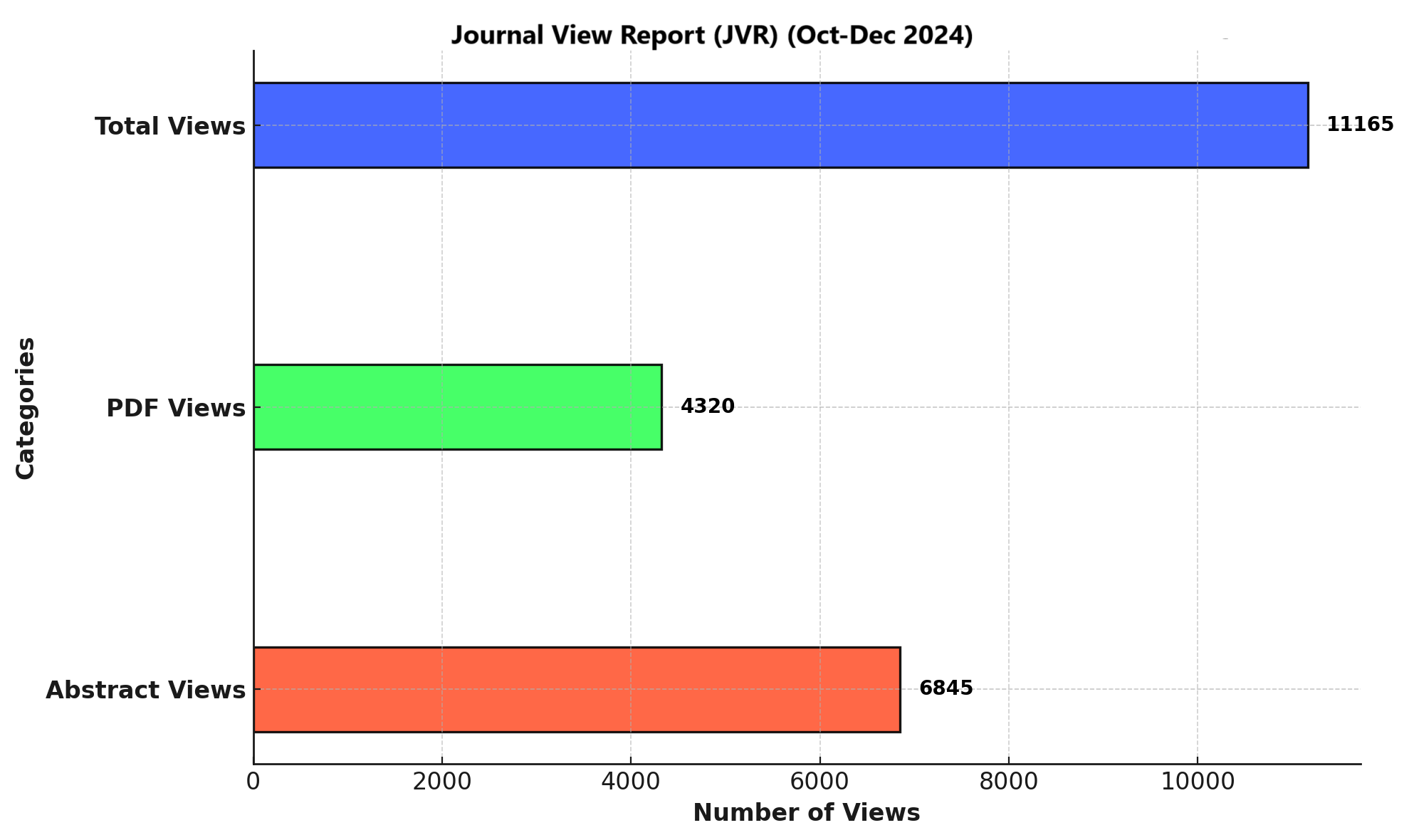COMPARISON OF PHENYL EPINEPHRINE AND CO-LOADING FOR PREVENTION OF SPINAL ANESTHESIA INDUCED HYPOTENSION IN WOMEN UNDERGOING CESAREAN SECTION
DOI:
https://doi.org/10.71000/ijhr104Keywords:
Cesarean section, Co-loading, Crystalloids, Hemodynamic stability, Hypotension, Phenyl epinephrine, Spinal anesthesia, VasopressorsAbstract
Background: Spinal anesthesia is commonly used in elective cesarean sections but frequently results in hypotension, which can adversely affect both maternal and fetal outcomes. Management strategies include vasopressors such as phenyl epinephrine and fluid management techniques like co-loading with crystalloids.
Objective: To compare the effectiveness of phenyl epinephrine infusion and co-loading with crystalloids in minimizing hypotension during spinal anesthesia in elective cesarean sections.
Methods: In this randomized controlled trial at Jinnah Postgraduate Medical Centre, Karachi, from November 24, 2022, to May 24, 2023, 212 pregnant women (15-49 years) were assigned to either phenyl epinephrine infusion (100 μg/mL at 40 μg/min) or co-loading with 1000 mL of Ringer’s lactate. Outcomes measured included incidence of hypotension, vasopressor dose, heart rate, and neonatal Apgar scores and umbilical arterial blood pH. Statistical analyses were performed using SPSS version 26.
Results: Hypotension occurred in 67% of patients in the phenyl epinephrine group compared to 42.5% in the co-loading group (χ² = 11.610, p = 0.0001). Co-loading was associated with lower vasopressor requirements and improved hemodynamic and neonatal outcomes.
Conclusion: Co-loading with crystalloids provides better control of spinal anesthesia-induced hypotension during cesarean sections than phenyl epinephrine infusion, with fewer side effects and improved maternal and neonatal outcomes.
Downloads
Published
Issue
Section
License
Copyright (c) 2024 Sarah Tabassum, Shoaib Malik, Muhammad Saleh, Shahneela Raza, Ayesha Khursheed , Muhammad Arslan Zahid (Author)

This work is licensed under a Creative Commons Attribution-NonCommercial-NoDerivatives 4.0 International License.







